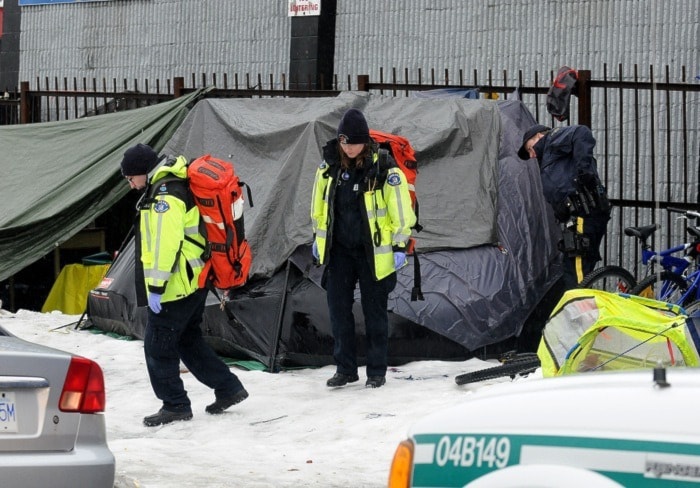Fentanyl overdoses in the region are occurring with no geographic predictability, according to a recent report.
It means firefighters, usually the first to arrive on scene in an emergency, are often the difference between life and death.
A Response to Illicit Drug Overdoses, a University of the Fraser Valley (UFV) study, examines the administration of naloxone in Surrey and Vancouver – two cities seeing the highest number of overdose fatalities in the province.
Naloxone is used to counteract the effects of opioid overdose.
Lead researcher Martha Dow, sociology professor with the UFV, points out that first responders successfully reversed 240 opioid overdoses in the two cities last year.
The study focused on the experiences of first responders on the front lines of the drug crisis in Vancouver and Surrey.
The BC Coroner’s Office has noted that overdoses in the past 10 years have been highest in those two cities.
From 2015 to 2016, the number of overdoses in Vancouver shot up 85 per cent, while in Surrey, during the same period, the overdose increased by 63 per cent.
From January 2015 to December 2016, the number of overdoses in Surrey went from 4.2 to 8.6 per day, while in Vancouver during the same period, it went from 5.8 to 25.6.
The report indicates there are clusters of overdoses in each city, namely a figure eight-shaped area along King George Boulevard in Surrey between 100 and 108 Avenues, and on the Downtown Eastside in Vancouver.
However, while the report notes while there are clusters, drug overdoses are occurring with no geographic boundaries.
“Based on the location of overdoses occurring everywhere in both cities, the opportunity for fire first responders to arrive quickly and administer naloxone is significant,” the report says.
Having firefighters with the right training has been key to that result.
“The increasing number of overdoses coupled with the reality that fire services’ average response times are lower than those of BCAS (BC Ambulance Service) underscore the importance of continually enhancing fire first responder skill sets,” the report states.
Expanding on those skill sets would be extremely beneficial, the report notes.
Firefighters agreed, telling the authors of the report: “More training is never a bad thing.”
The study goes on to say that discussions at municipal fire halls indicate firefighters are afraid they are only conducting Band-Aid measures by administering life-saving naloxone to drug addicts.
“At all four halls was a sense of despair of ‘overwhelming system failures to deal with the root causes of drug abuse’, “ the report states. “Hall participants voiced frustration at the plight of the patients they respond to on a daily basis, asking questions such as ‘there has got to be a better plan, isn’t there?’ and ‘why can’t we make them get treatment?’ and ‘is it possible that we are actually making the problem worse by enabling destructive behaviour?’ ”
The report found firefighters were responding well to training and welcomed more of it to increase their confidence.
It also found the emergency response system needs to acknowledge the intended and unintended consequences of naloxone interventions.
Dow’s report was co-authored by Dr. Katherine Watson, a researcher working in education and health, and Dr. William Dick, vice-president of medical programs for B.C. Emergency Health Services, and was conducted with input from Surrey and Vancouver fire services.
